Discover Zanzibar: History, Culture & Cuisine
Zanzibar is a Tanzanian archipelago off the coast of East Africa. This incredibly stunning island boasts crystal clear turquoise water, white sandy beaches, otherworldly swimming caves, incredible wildlife found nowhere else on earth along with the historic stone town center. What more could you want from a vacation destination, heaven on earth, I think we found it. This island paradise benefits from warm weather year-round with average temperatures of 32°C/ 90°F in the day and 24°C/75°F at night. Their rainy season is from March to May with the wettest month being April. Let’s delve into discovering more about Zanzibar’s history, culture and cuisine.
Before we move on, did you know that every week we send out a newsletter featuring:
- New Destinations on the Tripio app
- Highlighted Itineraries on the Tripio app
- Articles from the Tripio blog
Subscribe to Tripio’s Weekly Newsletter!
You may have heard Zanzibar be referred to as the ‘Spice island’, this is due to the fact that wonderful, aromatic spices like cloves, nutmeg, cinnamon, and black pepper are grown all across the island. So you can just imagine how delicious their local cuisine is, fresh seafood caught off their shores spiced to perfection. Zanzibar has had French, Portuguese and of course African influence so it shows in their food which is mainly a slight variation on Swahili cuisine.
Adventure seekers, you will have no problem having the best time with both coastal and inland adventures to enjoy. History buffs have to check out the Anglican church in stone town. It was built on the last permanent slave trade market in East Africa, a place of great significance of how we have grown as humankind. There are two main ways to get around Zanzibar, either by taxi or their public transport minibusses called dala dalas. So whether you’re a history and culture lover, adventure seeker, wildlife admirer or foodie, Zanzibar is that dream destination you never knew you needed. One of the best things about travel is being able to experience different cultures. There is no better way to do that than to visit the native people. In Zanzibar’s case, that’s the beautiful Massai tribe.
Visit The Native Tribal Massai People
Come down to Massai world and meet the native tribes people. Learn all about their culture, history and life in the village. You will get to experience a native dance, learn how to make fire with two sticks and even try your hand at archery. If you only do one cultural thing while in Zanzibar, this is it.
Enjoy Natural Ancient Tribal Healing & Relaxation At NURU
NURU SPA & WELLNESS offers wonderfully natural ancient tribal treatments for healing and relaxation. Indulge in treatments like Nyungu – tribal herbal steam inhalation, Tibetian singing bowl massage, full moon sound healing, jungle baths and so much more. This is a uniquely Zanzibar experience that is sure to awake your senses and your soul.
Admire Hellen’s Art Gallery & Even Take Some Art Home
Hellen Art Gallery showcases stunning hand painted local artwork that will take your breath away. Not only is this some of the most beautiful artwork in Zanzibar but in all of Africa. This is a great place to not only admire the art but take some home be it a large painting or a small magnet, even a postcard, you won’t be able to resist getting something. What a beautiful way to support the locals.
Dr Bulugu Gallery – Nungwi
Dr Bulugu Gallery – Nungwi is a local art gallery and shop similar to Hellen’s art gallery, which means you can bring home these gorgeous pieces of local, African art. These are some of the most beautiful and unique paintings on the island. Take home some amazing local art with you so that you can always remember your time in Zanzibar. This is a great way to support the local community. Hellen Art gallery has magnets and postcards as well as artwork in a realistic painting style while Dr Bulugu has just paintings where he has utilized stunning vibrant colors in his artwork.
Anglican Cathedral In Stone Town
The Anglican Cathedral in Stone Town Zanzibar was built in 1879 by British missionaries. They built it on the site of the last permanent slave market in East Africa. They used marble from Italy and wood from Zambia. This church is the most historically significant building in Zanzibar. There is a small entrance fee charged to explore the inside of the church. Its incredible stained glass windows will hold you in captivation. You will also be able to see the slave monument outside and the last slave chamber on the island. This is a very emotional place for many so please be respectful. You must not be wearing revealing clothing to enter.
Visit The Statues Dedicated To The Old Slave Market
Located outside the stunning Anglican Cathedral is a pit with statues in it depicting people chained together in the basement before being sold in the slave trade. This heartbreaking and eye-opening sculpture is worth seeing. If we remember how it was, maybe we can ensure it never happens again. It is an emotional sight and may be very disturbing for some.
Take A Tour At Mwani Zanzibar/Seaweed Center
Seaweed Center, currently known as Mwani Zanzibar. This project for women uses local women to produce goods from the plentiful seaweed on the island. Visitors have the option of taking a thorough tour to observe the everyday activities of the seaweed farmers or they can unwind at the shop while sipping seaweed fruit juice. This is a distinctive way to learn about Zanzibaran culture.
Tour The SISO SPICE FARM
SISO SPICE FARM offers visitors tours of their spice farm. You will get to learn all about how the spices grow, how they are harvested, then of course how they are used in traditional and modern cooking. This is a unique experience that will fill your senses with the aromas of Zanzibar. A delicious lunch will be served to you with the incorporation of the lovely natural spices during your tour.
Participate In A Zanzibar Traditional Cooking Class
One of my personal favorite parts of traveling is getting to taste the local cuisine. Participating in a Zanzibar Traditional Cooking Class is a wonderfully immersive and interactive cultural experience. The whole experience lasts for 5 hours from 10am to 3pm. You will go out shopping at a local market, visit a spice and vegetable farm, learn how to cook the food from scratch and of course eat it. The food is wonderfully delicious and it is a great way to immerse yourself into one of the most important aspects of Zanzibar culture along with gaining skills for life. Speaking of food, I leave you with one last thing, a restaurant called The Rock that put Zanzibar on everyone’s bucket-list!
World Famous- The Rock Restaurant Zanzibar
The Rock Restaurant Zanzibar is a seafood restaurant. This is one of the most unique restaurants on the planet. During high-tide, you will have to access the restaurant by boat; however, during low-tide, you can walk across to it. This restaurant not only has a stunning location giving you the sensation of being out at sea on a rock but also serves up world-class seafood like lobster and freshly caught fish. The food is sourced locally which is a huge bonus as well. Ensure to leave enough room for their Rock Coconut Tiramisu for dessert! Vegetarian options available! Don’t forget your camera!
I hope you have enjoyed my blog on discovering Zanzibar’s history, culture and cuisine. Download the Tripio app now and start creating your very own custom itinerary for your dream vacation. Travel has never been so easy. Get Tripio to generate a custom top 10 just for you. Your dream vacation awaits and it’s as easy as downloading the Tripio app. Our travel experts have spent countless hours researching destinations so you don’t have to. What are you waiting for? I will see you in our next destination, till then keep traveling!
Interested in more of Africa, check out: Uniquely Madagascar
-Gemma Winchester, Tripio Guru

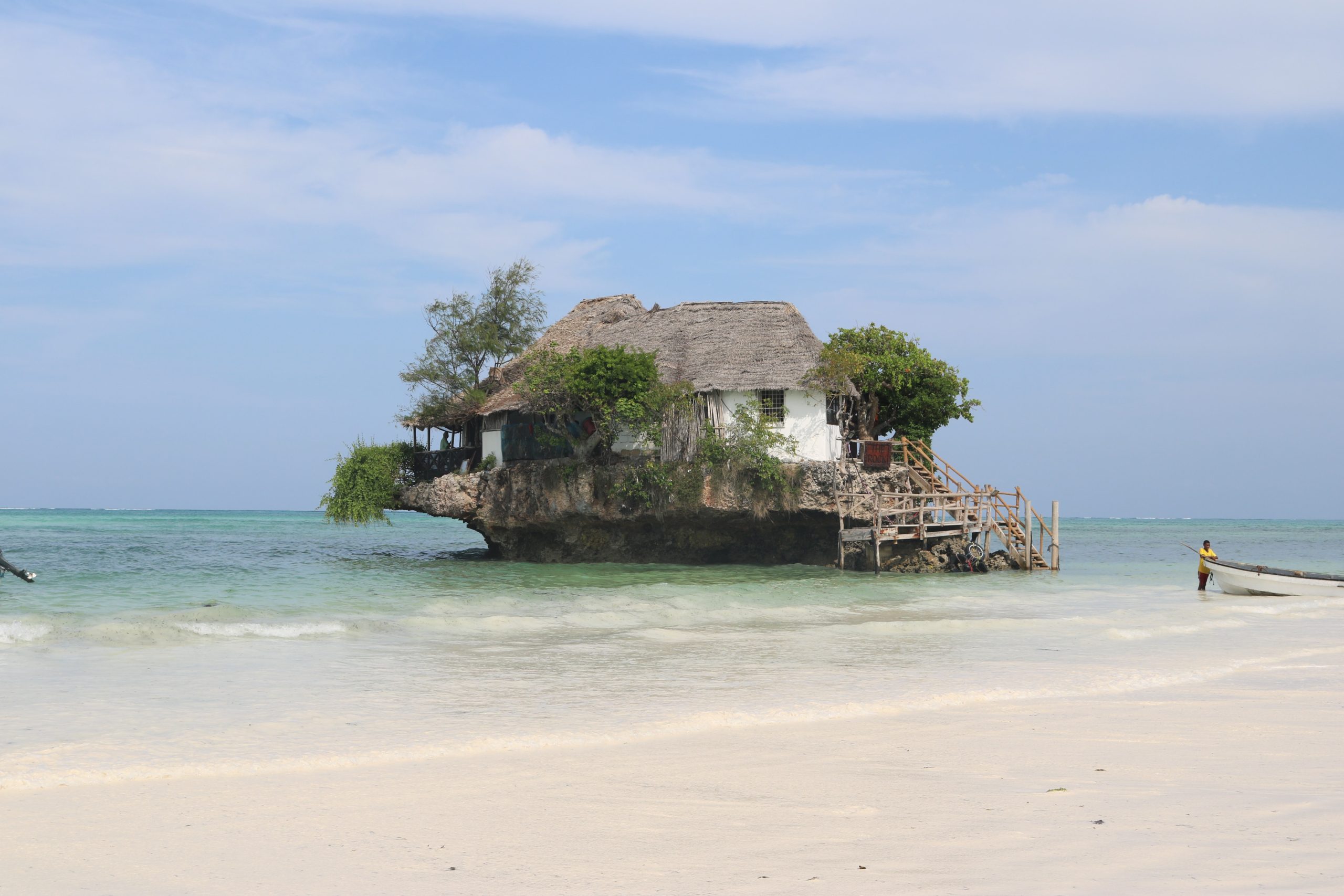





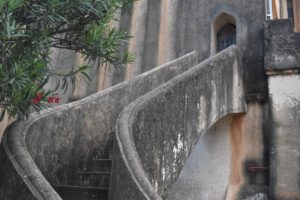


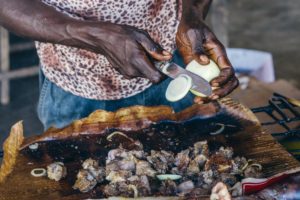




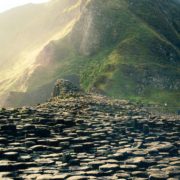

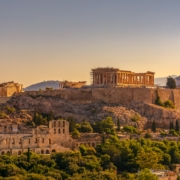
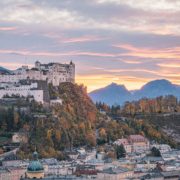




Trackbacks & Pingbacks
… [Trackback]
[…] Info on that Topic: blog.tripioapp.com/discover-zanzibar-history-culture-cuisine/ […]
… [Trackback]
[…] Read More here to that Topic: blog.tripioapp.com/discover-zanzibar-history-culture-cuisine/ […]
… [Trackback]
[…] Read More on that Topic: blog.tripioapp.com/discover-zanzibar-history-culture-cuisine/ […]
… [Trackback]
[…] Find More on that Topic: blog.tripioapp.com/discover-zanzibar-history-culture-cuisine/ […]
… [Trackback]
[…] Find More Info here to that Topic: blog.tripioapp.com/discover-zanzibar-history-culture-cuisine/ […]
… [Trackback]
[…] Info to that Topic: blog.tripioapp.com/discover-zanzibar-history-culture-cuisine/ […]
… [Trackback]
[…] Information on that Topic: blog.tripioapp.com/discover-zanzibar-history-culture-cuisine/ […]
… [Trackback]
[…] Read More on on that Topic: blog.tripioapp.com/discover-zanzibar-history-culture-cuisine/ […]
… [Trackback]
[…] Read More here on that Topic: blog.tripioapp.com/discover-zanzibar-history-culture-cuisine/ […]
Leave a Reply
Want to join the discussion?Feel free to contribute!